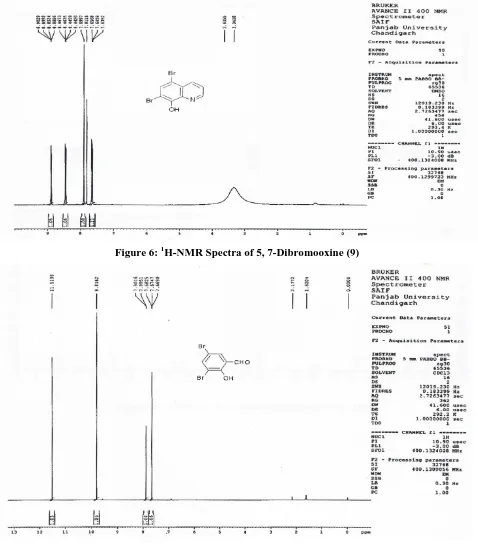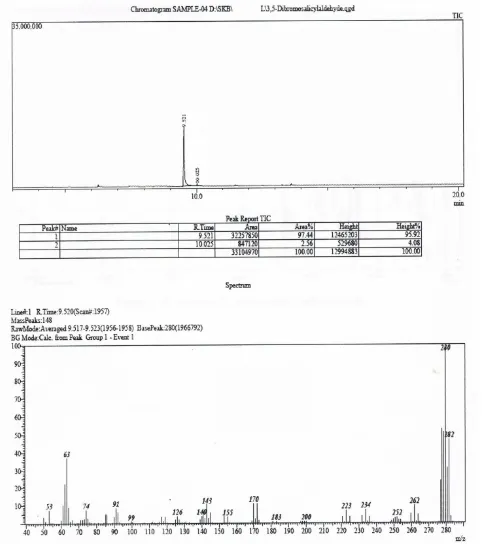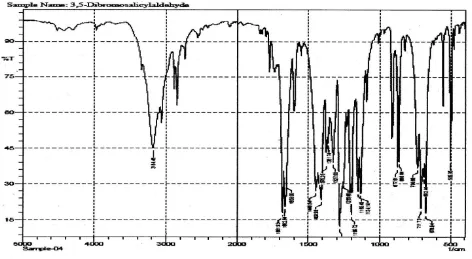NH4Br – Br2 Catalysed Oxidative Bromination of Aromatic Compounds
Full text
Figure

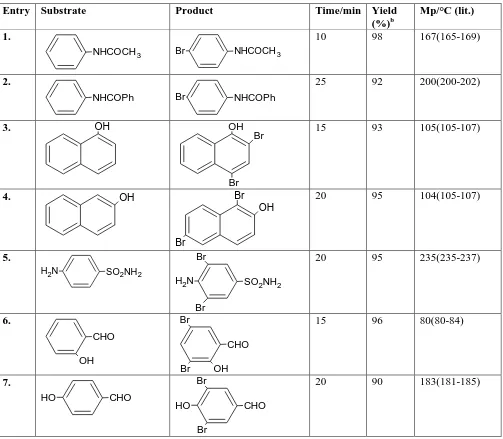
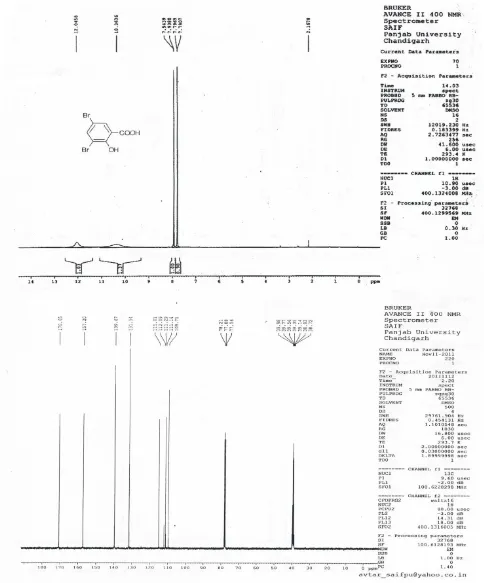
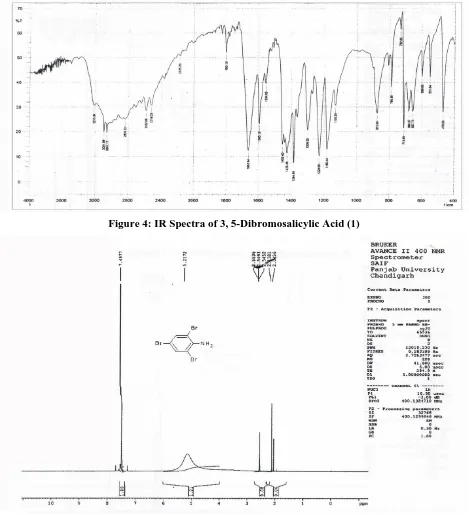
Related documents
This thesis examines local residents’ responses and reappraisal of a proposed and now operational biosolid (sewage sludge) processing facility, the Southgate Organic Material
On a macro and/or micro level, both, multiculturalism and interculturalism are developed as a theory, a narrative and political paradigm in response to the management of
2.0 ml/kg of Flarosukcin in use on modeled experimental renal insufficiency increased diuresis in animals, endogenous creatinine level in blood decreased and excretion
An important question in managing patients with prior anti- NMDAR encephalitis concerns the duration of long-term monitoring after the initial episode to facilitate early
One highly important aspect of in vivo -like complexity is dimensionality, which ex- hibits maximal discrepancy between cell culture and a mouse infection model. This aspect
As for the meson-baryon interaction, the meson exchange potential was employed which was obtained by the effective Lagrangians that respects the heavy quark and chiral symmetries.
Therefore the aim of this observational study was to assess the utility of the MYMOP2 and W-BQ12 health outcomes measures for measuring clinical change asso- ciated with a course
